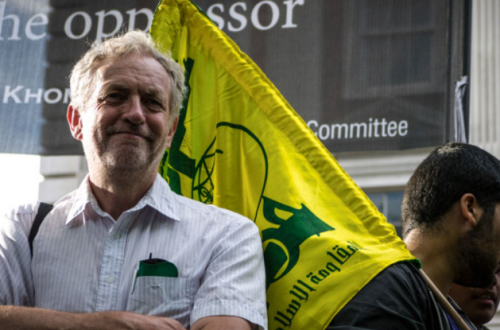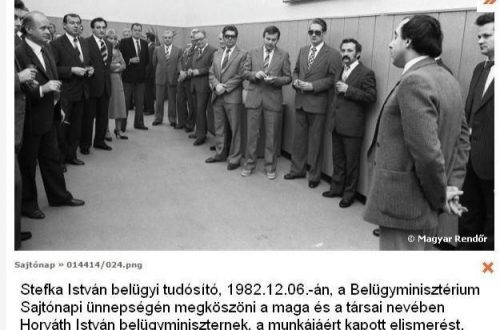SPOILER ALERT.
This review has no topical significance – except in so far as the current climate has made me seek refuge in 1930s detective stories. If you think you’d like to try Moray Dalton’s Hugh Collier mysteries then you might want to start with The Belfry Murder (the ordering doesn’t seem crucial) before reading the following review, as the question of whether the novel is – or is not – antisemitic is entwined with the unfolding of the plot.
I don’t think I’d previously heard of Moray Dalton – the pen name of Katharine Renoir (1881-1963) – but she wrote around 30 novels, and Dean Street Press has now reissued a selection of these. I’m currently on my sixth, and recommend them if you like the genre – they recycle favourite tropes with the reassuring predictability of a Scooby Doo episode or Famous Five novel, yet also include a few nice twists and turns to keep the reader guessing.
If you enjoy reading mid twentieth-century genre fiction, then you are unfortunately all too likely to encounter antisemitism at some point. Georgette Heyer’s The Grand Sophy, Monica Dickens’ Mariana, Agatha Christie’s The Secret Adversary, and just about anything written by ‘Sapper’ are among the offenders. Other writers seem more nuanced – here is an interesting account of Dorothy Sayers’ treatment of Jews in her fiction which concludes that her books demonstrate ‘a complex cocktail of acceptance and “othering”’.
So as soon as the character of Israel Kafka, a wealthy art dealer, was introduced into The Belfry Murder (1933) I was on the alert to see how he would be treated by the text. He greets Plucky Young Heroine Mary (who is the daughter of a down at heel antique dealer) affectionately, making reference to her nickname of ‘robin’:
‘Ah, my little chirping friend,” his black eyes twinkled good-naturedly as he looked down at her, ‘still hopping about our feet, eh? How is your good father?’ (Chapter 2)
Now that could just be avuncular – or it could be horribly sinister (think Count Fosco from The Woman in White), should Kafka – with his ‘fur-lined coat’ and ‘magnificent Rolls’ – turn out to be the murderous villain we know is lurking somewhere in the novel. We soon learn that ‘Old Kafka’, whom Anne thinks ‘rather a lamb’, has a good looking son who went to Oxford and has ‘very pleasant manners’. Yet another character for me to keep an eye on.
Israel later boasts of the elaborate security in place in his London house to Police Commissioner Sir James Cardew over lunch.
‘Sir James looked at him curiously. He had heard rumours of the elaborate arrangements made for the reception of uninvited guests a Kafka’s house. (Chapter 6)
(At this point I wondered whether some James Bond style showdown was being planned between Kafka and Inspector Collier in the former’s booby trapped mansion.) At the same lunch party we are introduced to Kafka’s son Maurice, ‘slim, dark and good looking’, who is secretary to Lord Bember and engaged to his employer’s daughter, Lady Jocelyn. Maurice is kept rather at arm’s length by the narrator – we learn that he has a calm and pleasant manner and (suspiciously?) ‘seemed to be taking very little interest in the [plot-crucial] conversation’. It soon becomes apparent that Lady Jocelyn’s engagement to Maurice had disappointed at least two unimpeachably Anglo-Saxon suitors, and that the lady herself is unsure about the match. She is marrying him for his money and assumes he is after her social position. ‘Maurice was thoughtful, considerate – and dull’ she reflects. But is there more to him than meets the eye?
When we first see them alone together Jocelyn refers to another character as a ‘beastly little Jewess’ – she immediately apologises:
‘It’s all right.’ His handsome dark face was a little flushed, but he answered her quietly. ‘There are Jews – and Jews – just as there are gentlemen and cads in every race.’ (Chapter 8)
Later when Maurice gives evidence in his typically gentle and unobtrusive fashion at the inquest of her young brother, Jocelyn repents her attitude. ‘Why are people so beastly to the Jews? I like them.’ (Chapter 17)
But as the novel approaches its climax, there are a few hints that, while Israel might be an upright citizen, his son could be the evil masked gang leader who will stop at nothing to secure the Romanoff emeralds. This extract, for example, hardly inspires confidence, particularly as his interlocutor is the series protagonist, Inspector Collier, whose thoughts, we may imagine, are seeping into the rather wry third person narration here:
‘[H]is dark good-looking face was inexpressive as a mask. But he had a charming voice and charming manners.’ (Chapter 19)
A few chapters later we learn more of Collier’s perspective in a tense interview with Israel.
‘Are you one of those who despise my race, Inspector? Do you talk of dirty Jews?’
‘No, sir,’ and there was no mistaking Collier’s sincerity, ‘I have friends – and one a very dear friend – of your nation.’ (Chapter 22)
It turns out Israel has had a (minor) hand in the skulduggery, but only because he was duped by a forgery into an imprudent act in the mistaken belief he was doing young Anne and her father a favour.
Both father and son are self-conscious and sensitive about their Jewish identity – Maurice picks up on a (perceived) reference to Jewish moneylenders in an interview with the police – and Israel is driven by memories of an impoverished childhood in the ghetto. He accuses himself of living up to the stereotypes:
‘I, in my seventy years – I may have been greedy, grasping, unscrupulous. A dirty old Jew, Lady Jocelyn. I have sometimes – not always – deserved to hear those words on a Christian’s lips.’ (Chapter 30)
These self-disparaging remarks have little force in context – he is putting himself down as a mechanism to plead the cause of his son, who has fallen under suspicion. And in the next chapter the reliable Sir James Cardew testifies to his great generosity, his charitable endeavours, and his presentation of a Rembrandt to the nation – although ‘he doesn’t parade his benefactions’. (Chapter 30) Moreover his security arrangements are, after some further flirtation on Dalton’s part with the suspicious reader hunting for clues, revealed to be pretty anodyne.
At the end of the novel young Maurice Kafka is completely exonerated and happily reconciled with a repentant Jocelyn, who also looks set to become a firm friend of her future father-in-law. The shifting responses of Jocelyn, as she works to overcome her casual antisemitism and misplaced mistrust of her fiancé, may mirror those of (some of) Dalton’s original readers. Jocelyn is in for a shock as it turns out that the true villain and criminal mastermind – who attempts to murder Maurice at the end of novel – is her own father. You might not conclude that Dalton is pitch perfect in her apparent attempt to depict and counter antisemitism – but she has certainly created two Jewish characters who, while completely different from one another – one is a larger than life extrovert, the other reserved and fastidious – are equally worthy and sympathetic.



